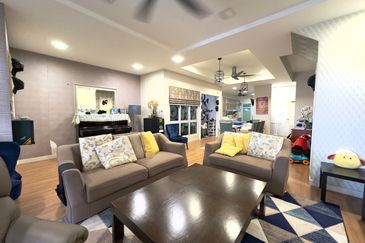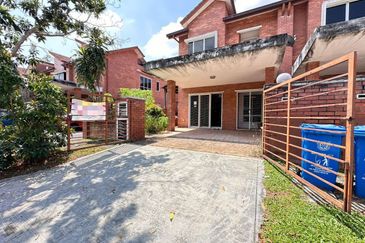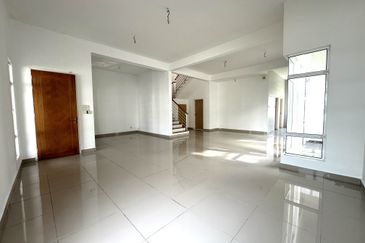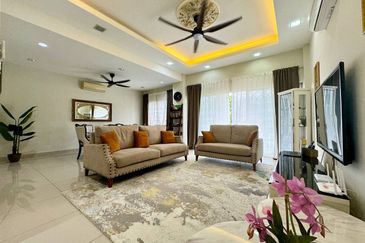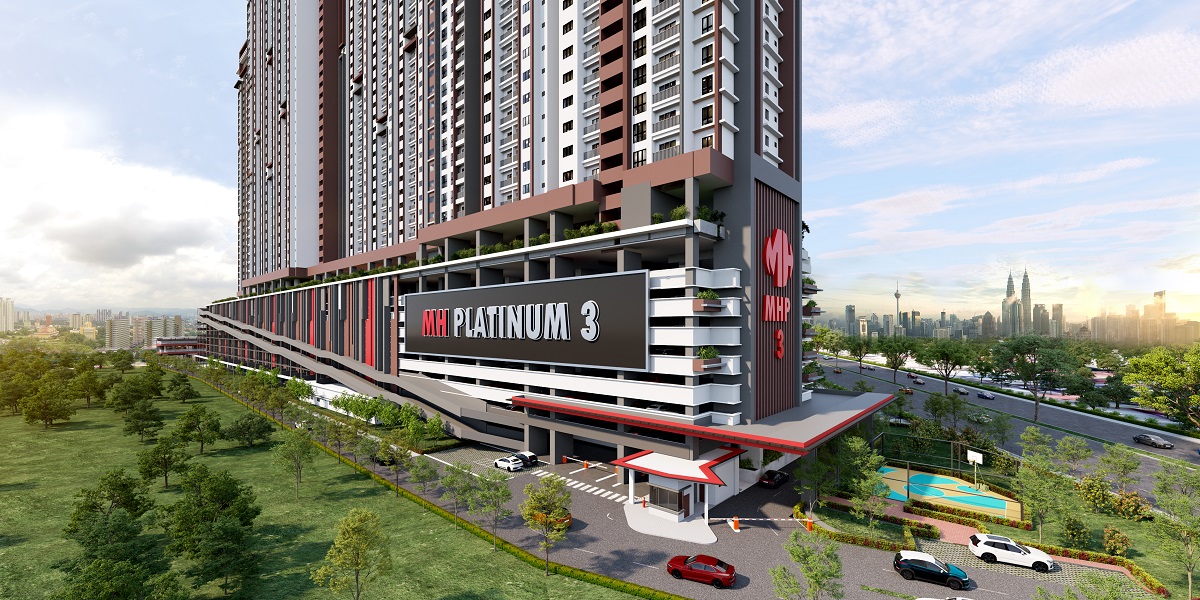SEOUL: South Korea has completed the world's longest seawall, blocking in a reclaimed tidal flat, which the government hopes to transform into a large-scale industrial, tourism and agricultural site by 2020.
The Saemangeum tidal flat, located 280 kilometers south of Seoul on the west coast, is to be turned into 40.100 hectares of land and fresh water lakes and help the country to become a leading economic hub of Northeast Asia, according to the Farm Ministry.
"The 33.9 kilometer-long seawall is 1.4 kilometers longer than the current world record-holding dike at the Zuiderzee Works in the Netherlands," South Korea's Yonhap news agency cited Yang Tae-seon, assistant minister for planning and coordination, as saying Monday April 26.
Work on the project began in 1991 with 2.9 trillion won (US$2.6 billion) used so far on construction. On average, 2.37 million workers were employed on an annual basis, with 123 million cubic meters of earth used to build the mammoth structure.
The government will hold a ceremony on Sinsi Island at the center of the seawall on Tuesday marking its dedication. The ceremony, which is expecting some 2,000 local and foreign guests, will also mark the official opening of a four-lane highway on the seawall which connects Buan with the port city of Gunsan.
"Construction was carried out to minimize environmental repercussions with regular sea sand used as a building material," Yang said.
He claimed the knowhow acquired through the project has given the country world-class competitiveness in this field and may serve to help build foreign projects down the road.
He added that compared to foreign reclamation projects that have taken place in shallow waters of less than 20 meters, Saemangeum's seawall was built in waters with an average depth 34 meters, with the deepest part of the wall going down 54m below the surface of the sea.
"The fast moving current that reached 7m per second during high and low tide was also a challenge that helped improve the level of expertise of on-site engineers," Yang said.
The ministry and the state-run Korea Rural Community Corp. (KRC), which was in charge of the building project, said that in addition to creating new land the seawall will likely become a tourist attraction since it is designed to give cars a clear view of the ocean and offer numerous rest areas for people to stop
and take in the scenic view.
"The seawall is expected to become a landmark tourist attraction in the region as well as reducing the time it takes to travel from Buan to Gunsan and to the nearby four islands, including Sinsi Island. that were only accessible by boat in the past," a KRC official said.
At present the winding route takes 90 minutes by car, but this will be cut to less than 30 minutes. This could help expand transportation infrastructure in the region and contribute to long-term economic growth, the KRC said.
The knowledge economy, agriculture, environment and culture ministries that are responsible for developing the reclaimed land said Saemangeum will be developed into eight distinct regions in the coming years.
Land reclaimed from the sea bottom will be used for farming, industrial manufacturing, tourism and leisure and renewable energy. Roughly 54km of internal walls to separate land from the fresh water lake are to be built by 2015, with the construction for the foundation of land to start in 2011 for completion in 10 years.
Sources said disagreements on building 23 kilometers of the inside wall are to be resolved in the first half of this year after consultation with experts. There has been disagreement between the Ministry of Environment and the KRC on the need for some of the internal wall, which had held up initial development plans. - Bernama
The Saemangeum tidal flat, located 280 kilometers south of Seoul on the west coast, is to be turned into 40.100 hectares of land and fresh water lakes and help the country to become a leading economic hub of Northeast Asia, according to the Farm Ministry.
"The 33.9 kilometer-long seawall is 1.4 kilometers longer than the current world record-holding dike at the Zuiderzee Works in the Netherlands," South Korea's Yonhap news agency cited Yang Tae-seon, assistant minister for planning and coordination, as saying Monday April 26.
Work on the project began in 1991 with 2.9 trillion won (US$2.6 billion) used so far on construction. On average, 2.37 million workers were employed on an annual basis, with 123 million cubic meters of earth used to build the mammoth structure.
The government will hold a ceremony on Sinsi Island at the center of the seawall on Tuesday marking its dedication. The ceremony, which is expecting some 2,000 local and foreign guests, will also mark the official opening of a four-lane highway on the seawall which connects Buan with the port city of Gunsan.
"Construction was carried out to minimize environmental repercussions with regular sea sand used as a building material," Yang said.
He claimed the knowhow acquired through the project has given the country world-class competitiveness in this field and may serve to help build foreign projects down the road.
He added that compared to foreign reclamation projects that have taken place in shallow waters of less than 20 meters, Saemangeum's seawall was built in waters with an average depth 34 meters, with the deepest part of the wall going down 54m below the surface of the sea.
"The fast moving current that reached 7m per second during high and low tide was also a challenge that helped improve the level of expertise of on-site engineers," Yang said.
The ministry and the state-run Korea Rural Community Corp. (KRC), which was in charge of the building project, said that in addition to creating new land the seawall will likely become a tourist attraction since it is designed to give cars a clear view of the ocean and offer numerous rest areas for people to stop
and take in the scenic view.
"The seawall is expected to become a landmark tourist attraction in the region as well as reducing the time it takes to travel from Buan to Gunsan and to the nearby four islands, including Sinsi Island. that were only accessible by boat in the past," a KRC official said.
At present the winding route takes 90 minutes by car, but this will be cut to less than 30 minutes. This could help expand transportation infrastructure in the region and contribute to long-term economic growth, the KRC said.
The knowledge economy, agriculture, environment and culture ministries that are responsible for developing the reclaimed land said Saemangeum will be developed into eight distinct regions in the coming years.
Land reclaimed from the sea bottom will be used for farming, industrial manufacturing, tourism and leisure and renewable energy. Roughly 54km of internal walls to separate land from the fresh water lake are to be built by 2015, with the construction for the foundation of land to start in 2011 for completion in 10 years.
Sources said disagreements on building 23 kilometers of the inside wall are to be resolved in the first half of this year after consultation with experts. There has been disagreement between the Ministry of Environment and the KRC on the need for some of the internal wall, which had held up initial development plans. - Bernama
SHARE
TOP PICKS BY EDGEPROP
SALE
FEATURED
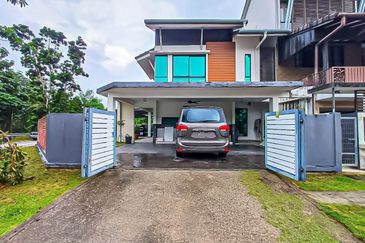
Ivy Terrace & Clover Park Denai Alam
Shah Alam, Selangor
RM 1,290,000
5 beds |
5 bath |
3050 sqft
SALE
FEATURED
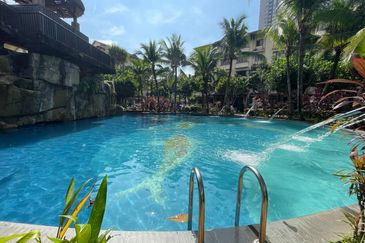
Desa Idaman, Taman Puchong Prima
Puchong, Selangor
RM 380,000
3 beds |
2 bath |
1027 sqft
SALE
FEATURED

Cubic Botanical
Pantai Dalam/Kerinchi, Kuala Lumpur
RM 680,000
3 beds |
2 bath |
805 sqft
SALE
FEATURED

Duo Tower @ Bangsar South
Bangsar South, Kuala Lumpur
RM 1,500,000
- beds |
- bath |
1389 sqft
SALE
FEATURED
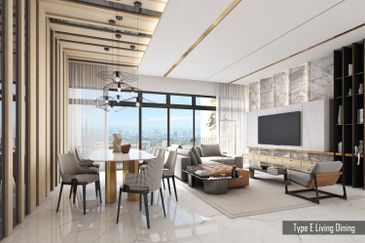
Cubic Botanical
Pantai Dalam/Kerinchi, Kuala Lumpur
RM 1,700,000
3 beds |
3 bath |
1701 sqft
SALE
FEATURED

Camellia service suites
Bangsar South, Kuala Lumpur
RM 680,000
2 beds |
1 bath |
861 sqft
SALE
FEATURED

Aster Hill Sri Petaling
Bandar Baru Sri Petaling, Kuala Lumpur
RM 485,000
3 beds |
2 bath |
852 sqft
SALE
FEATURED
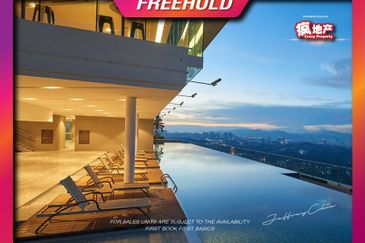
The Sentral Residences
Kl Sentral, Kuala Lumpur
RM 1,750,000
2 beds |
3 bath |
1485 sqft

